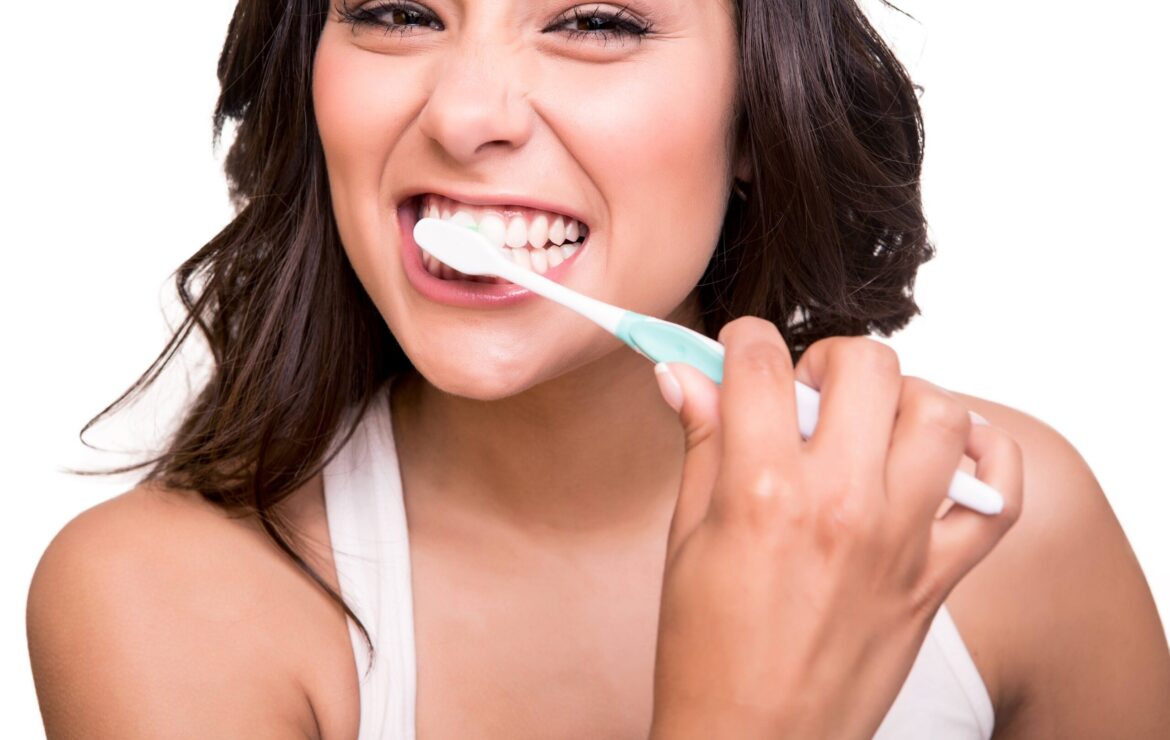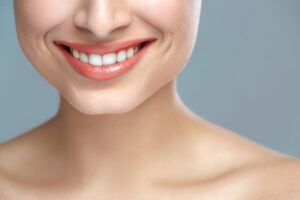How to properly Brush and Flosh

It is crucial to brush and floss your teeth for good oral health. Excellent home care practises are just as important as professional dental cleanings twice a year for removing plaque, tartar, and other debris.
An attractive smile, a healthy mouth, and the prevention of serious diseases can all be improved with proper brushing and flossing.
Reasons why brushing and flossing correctly are important include:
Preventing tooth decay is important because the condition is one of the main reasons for tooth loss and is frequently treated with intricate dental procedures. When the natural enamel of teeth is damaged by the acids in plaque, tooth decay results. By employing good household hygiene practises, this occurrence can be readily avoided.Preventing periodontal disease is important since the condition can lead to tooth loss, gum recession, and jawbone resorption. Toxins in plaque are the source of periodontal disease, which can have a detrimental impact on other body systems. A great technique to prevent periodontal issues is to remove plaque and calculus (tartar) from the tooth's surface using a toothbrush and from the interdental spaces using dental floss.
Halitosis prevention:
Old food remnants on or between the teeth are frequently the source of bad breath, also known as halitosis. Regular brushing and flossing can remove these food particles, resulting in a healthier mouth and better breath.
Preventing stains: A number of things, including smoking, drinking coffee, and tea, can create stains or the yellowing of teeth. The likelihood that these stains may become permanent decreases with the frequency with which these staining substances are removed from the teeth using brushing and flossing methods.
The correct brushing method:
At least twice daily, ideally in the morning and right before bed, the teeth should be brushed.
The ideal toothbrush is tiny, has soft bristles with rounded ends, and is no older than three months. The brush's head must be tiny enough to fit inside the mouth, and its bristles must be gentle enough not to harm the gums' delicate tissue.
Here is a quick tutorial on brushing correctly:
- Where the gums and teeth converge, position the toothbrush at a 45-degree angle.
- The gumline and teeth should be softly brushed using small circular strokes.
- Avoid scrubbing or using excessive force on the teeth to avoid harming the gums and tooth enamel.
- Brush the chewing surfaces, cheek and tongue sides, and all tooth surfaces.
- Pay close attention to the back teeth' surfaces.
- The chewing surfaces should be brushed using back-and-forth motions.
- To get rid of food, detritus, and fungi, brush your tongue.
A Guide to Flossing
Plaque can be easily removed from the interdental spaces (between the teeth) by flossing. Limiting the depth of the gum pockets and preventing periodontal disease are two major goals of flossing. Dental floss should be used every day to clean the interdental spaces because they are hard to reach with a toothbrush. The type and flavor of floss you use are not as crucial as how simple and enjoyable it is to use.
Here is a quick tutorial on flossing correctly:
- Cut a piece of floss to a length of about 18 inches.
- When the hands are 2-3 inches apart, wrap one end of the floss around the middle finger on the left hand and the other end around the middle finger on the right hand.
- Gently maneuver the floss between the teeth and towards the gum line.
- The floss should be carefully slid under the gum line after being curved in a U shape around each individual tooth.
- To get rid of plaque and dirt between the teeth, carefully slide the floss up and down numerous times.
- Avoid poking the floss between the teeth because doing so will irritate and cut the gums.







